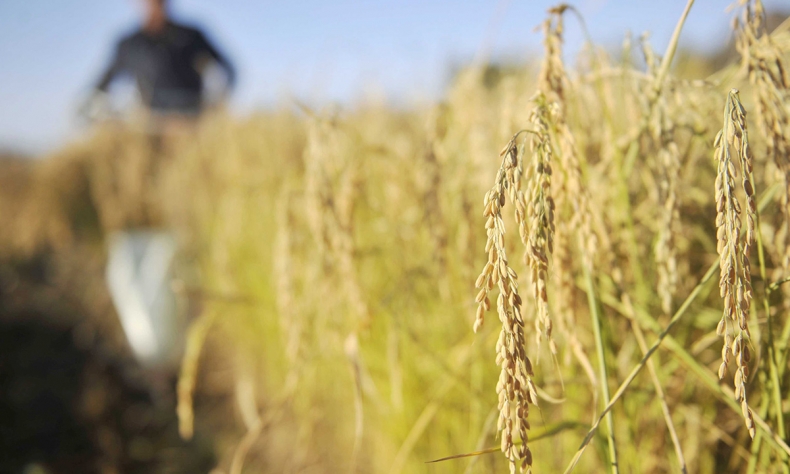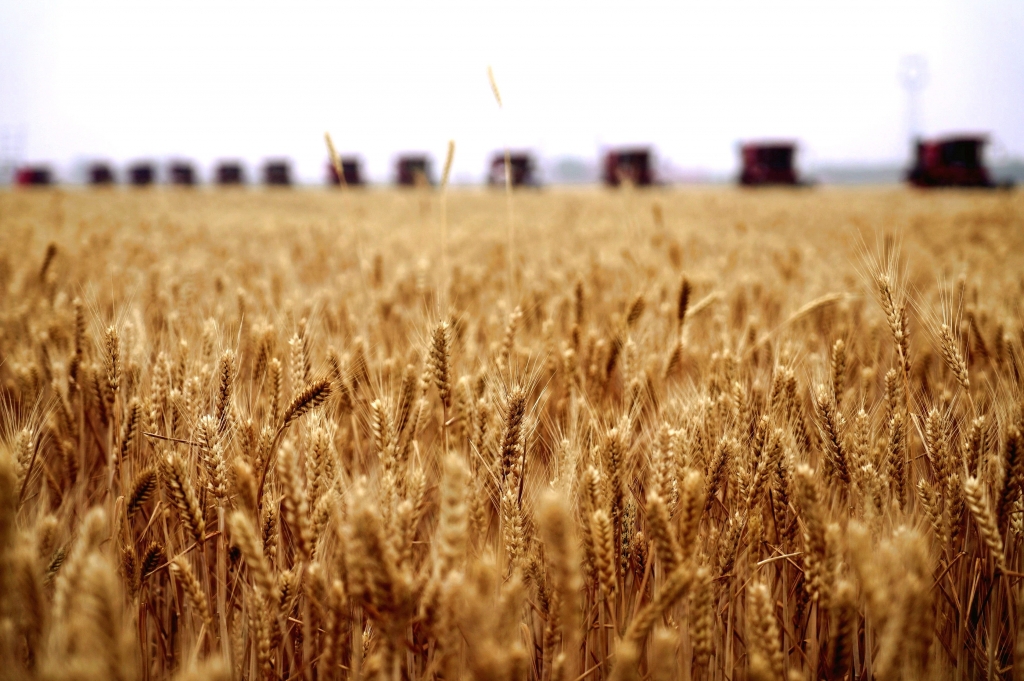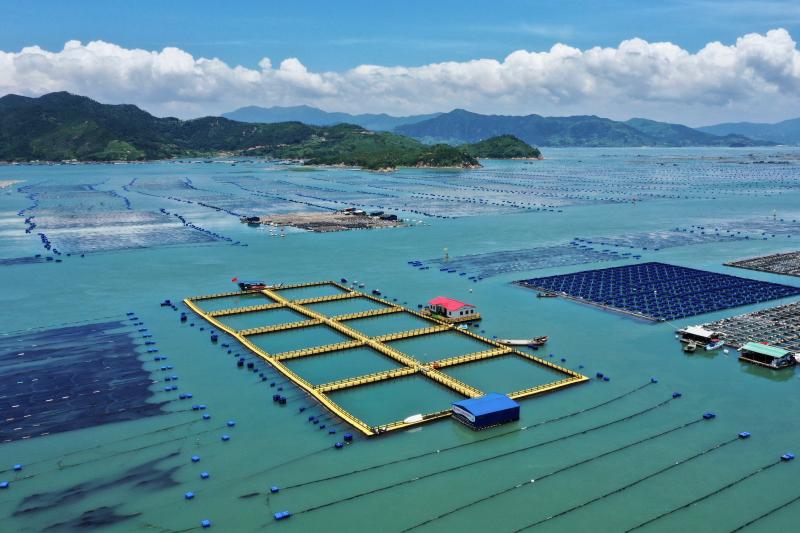
China Succeeds in Feeding Herself through 70 Years of Development
Looking back at agricultural development and grain production in the past 70 years, one can see the amazing achievements that China has made in feeding its population.
According to the China National Bureau of Statistics, the total output of summer grain in 2019 is at the record high of 141.74 million tons, an increase of 2.93 million tons or 2.1% from 2018. This is one of the strong and solid pieces of evidence in response to the question “Who will feed China?” put forward by Lester Brown some 25 years ago. In 1994, Lester Brown published an article in World Watch magazine titled “Who Will Feed China?” and one year later, published a book with the same title. In his article and book, Brown stated that China would not be able to feed herself and would turn to the world market, making China’s food scarcity ultimately the world’s scarcity. However, agricultural development in China has successfully defeated this judgement and prediction. The reality today is that China is feeding nearly 20% of the world’s population with less than 9% of the world’s arable land.

Looking back at agricultural development and grain production in the past 70 years, one can see the amazing achievements that China has made in feeding its population. In 1949, China’s grain output was only about 100 million tons, this worked out to an average grain output of 209 kg per capita, which was unable to meet its people’s need for adequate food. The number reached more than 150 million tons in 1952. After the land reform, grain production continued to develop, and in 1966, reached 200 million tons. It took China 14 years to raise the grain production from 150 million tons to 200 million tons. Some 12 years later, China’s grain production hit a high of 304.8 million tons in 1978.
China’s reform and opening-up started in the late 1970s, which led to initiatives like the farmer household responsibility system, the abolishing of agricultural taxes, and the agricultural support and protection system. These measures jointly stimulated the enthusiasm of farmers and led to the rapid growth of grain production. In 2012, China’s grain output reached 612 million tons, more than double that in 1978. Since then, the comprehensive grain production capacity has been continuously consolidated and improved on. In 2018, China’s grain output was 657.9 million tons, 4.8 times higher than that in 1949. This worked out to an average annual increase of 2.6%; and 472 kg of grain output per capita, which was 1.3 times higher than that in 1949, and which greatly met China’s demand for food.

However, improving grain production is just one aspect to consider in feeding the population as the comprehensive development of agriculture includes more. During the past 70 years, the rapid growth of cash crop production, such as cotton and sugar production, has greatly enriched people’s lives; the production of livestock products has increased rapidly to meet people’s consumption needs; and fisheries production has continued to develop to provide abundant supply. Chinese agriculture has transformed from the traditional model of agriculture, which was dominated by planting, to modern agriculture with the comprehensive development of agriculture, forestry, animal husbandry and fishery.
In terms of the planting industry, production changed from a single grain crop to a three-dimensional planting structure with the coordinated development of grain, economy and feeding. From the perspective of animal husbandry, livestock production was transformed from mainly pig-raising to an integrated model encompassing raising pigs, cattle, sheep, poultry and other animals. The comprehensive development of agriculture, forestry, animal husbandry and fishery has greatly enhanced China’s ability to meet its people’s demands for a better life.
Food security has always been a priority in China’s economic development. During the past 20 years, China’s No. 1 document, which is issued early every year to guide economic development, has focused on agriculture and food security. Having food security ultimately means that its people can buy and afford the basic food they need at all times. The concept includes four specific objectives: adequate food production; stability of the food supply; access to food for people in need of food; food nutrition and food safety. China has achieved most of these objectives.
These remarkable achievements in agriculture have played an important role in the sustained and healthy development of China’s overall economy. However, one should also be aware that the agricultural foundation of China is still weak, for example, the supply and demand structure of agricultural products is unbalanced, and the allocation of factors is inefficient. China should clearly sort out the shortcomings of its agricultural and development policies and enact new measures to deal with them.
He Shuquan is a professor from School of Economics, Shanghai University.
Opinion articles reflect the views of their authors only, not necessarily those of China Focus.
 Facebook
Facebook
 Twitter
Twitter
 Linkedin
Linkedin
 Google +
Google +










